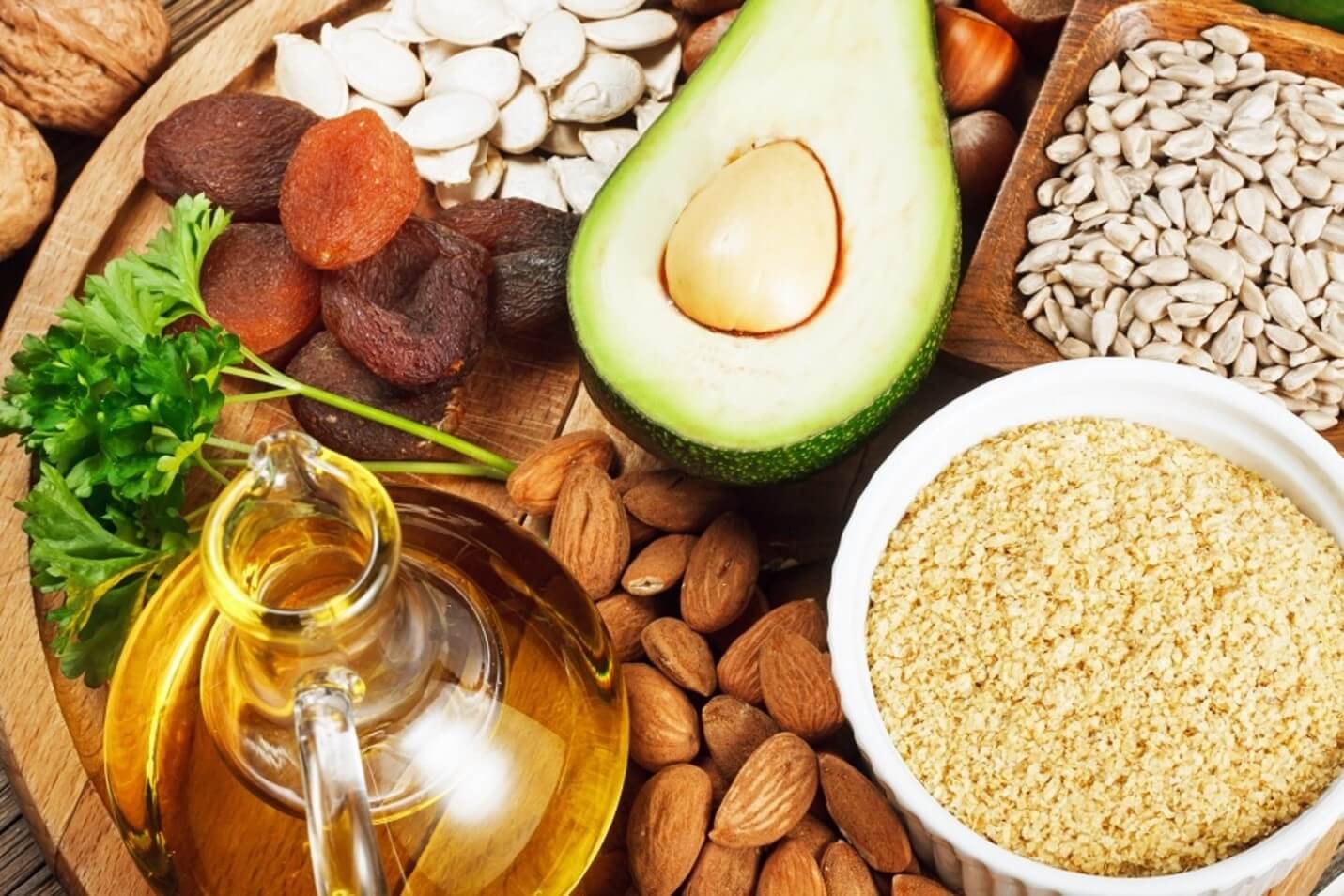Highlights:
- Vitamin E is an important nutrient found in plants.
- Vitamin E helps protect the immune system.

Surging interest in immunity has created high demand for products with antioxidants like vitamin E. Here’s a look at why vitamin E is so important, some top sources of this essential nutrient, and tips on overcoming common formulation challenges with vitamin E.
Vitamin E is a fat-soluble vitamin (like vitamins A, D, and K) that is essential to the body. While there are eight different chemical forms of naturally occurring vitamin E, only one of them—alpha-tocopherol—meets human requirements. Vitamin E is synthesized by plants, with especially high concentrations found in their oils.
Dietary sources of vitamin E include:

Vitamin E may be best known for its role as an antioxidant. This property allows it to scavenge free radicals in the body that would otherwise cause damage to the body’s cells. Since free radicals are a natural by-product of metabolism, it’s critical that sufficient levels of antioxidants are always available in the body. This is particularly important as research continues to find associations between free radicals and many common degenerative diseases.
Vitamin E is involved in maintaining a healthy immune system both by protecting white blood cells against oxidation and by modulating immune function. Vitamin E is also particularly important for eye health, fertility, and brain function. While vitamin E is a constituent of all cell membranes, some cells—such as cells involved in the immune response—contain much higher concentrations of vitamin E, illustrating a greater need in these cells.

While consumers’ interest in foods and beverages with extra nutrient benefits has been steadily growing, the recent COVID pandemic saw interest spike—especially in products with added vitamins, minerals, and antioxidants for general health or immune support. This has made vitamin E a key in-demand ingredient for use in fortified and functional products.

Formulating with vitamin E, however, has certain challenges. For example, vitamin E is susceptible to oxidation, which can impact shelf life. In addition, the fact that vitamin E is soluble in fat but not water presents a problem in beverages. Where oil-based ingredients might typically be emulsified in a beverage to ensure dispersion, this leads to some opacity that may not be acceptable in certain types of beverages like sports drinks or functional waters.
Microencapsulation is a process that can be used to overcome these challenges. Microencapsulated vitamin E has a protective coating that prevents or delays oxidation and nutrient interactions, thereby improving stability. Microencapsulation can also be used to create a water-dispersible vitamin E that’s clear in solution like Glanbia’s Clear Natural E.
More than ever, consumers are looking for food and beverage products that can help boost their health and nutrition. While adding ingredients like vitamins, minerals, antioxidants, botanicals, and other bioactives are a great way to appeal to consumers, choosing the right ingredients for the application is key.
As a global leader in nutritional ingredients, Glanbia Nutritionals offers innovative ingredient solutions such as our portfolio of Watson Functionally Optimized Nutrients specifically designed to address formulation challenges. Contact us to overcome your challenges in working with vitamin E.